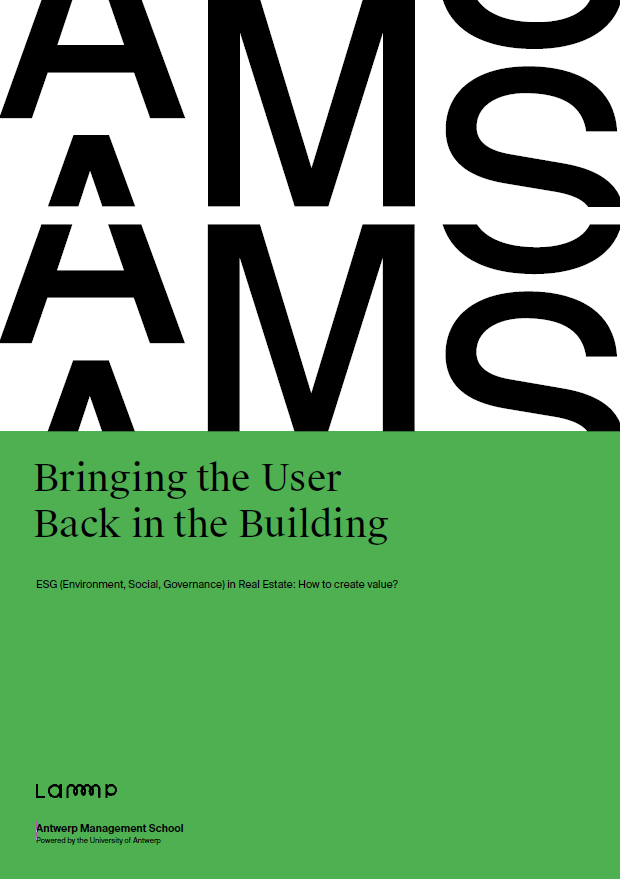Why are we talking about sustainable taxonomies in the first place?
The European Union’s ESG taxonomy regulation (2020/852) came into force on 12 July 2020 and is enforceable from January this year. Its goals are to channel investments towards environmentally and socially beneficial activities, avoid green and social washing, make it possible to meet the Paris Agreement climate targets, and be in line with the UN’s 2030 Agenda for Sustainable Development. It aims to do so by establishing a framework to facilitate sustainable investment through a 'green list' of environmentally sustainable economic activities, built around six objectives that each have several sub-objectives. The next step has been a similar social taxonomy, of which the most recent version was published in February 2022. In what follows we will discuss what’s on the table and what this means for the sector.
Article 18 and current minimum social safeguards
Before we unpack the social taxonomy, a quick detour into how social sustainability is already included in the environmental taxonomy through ‘Article 18’ is warranted. Not in the least because companies are already expected to be compliant. Article 18 is the human rights minimal safeguard clause:

This pretty much means that companies should already have in place management policies and processes to identify, prevent, mitigate and account for potential and actual negative human rights impacts that their business causes, contributes to or is directly linked to through business relationships. In line with the United Nations Guiding Principles (UNGP) on Business and Human Rights.
The issue with this article is that the current application is worrying, providing more incentive to develop a proper social taxonomy. For instance, an ESG rating provider relied on a simple (arbitrary) check of media reports to evaluate the human rights performance of a company, which is a clearly problematic indicator. Moreover, there are huge data gaps at this stage. The real estate sector should thus be prepared for higher reporting standards. Though, the Platform on Sustainable Finance does note they aim to avoid double reporting structures and unnecessary additional administrative costs.






